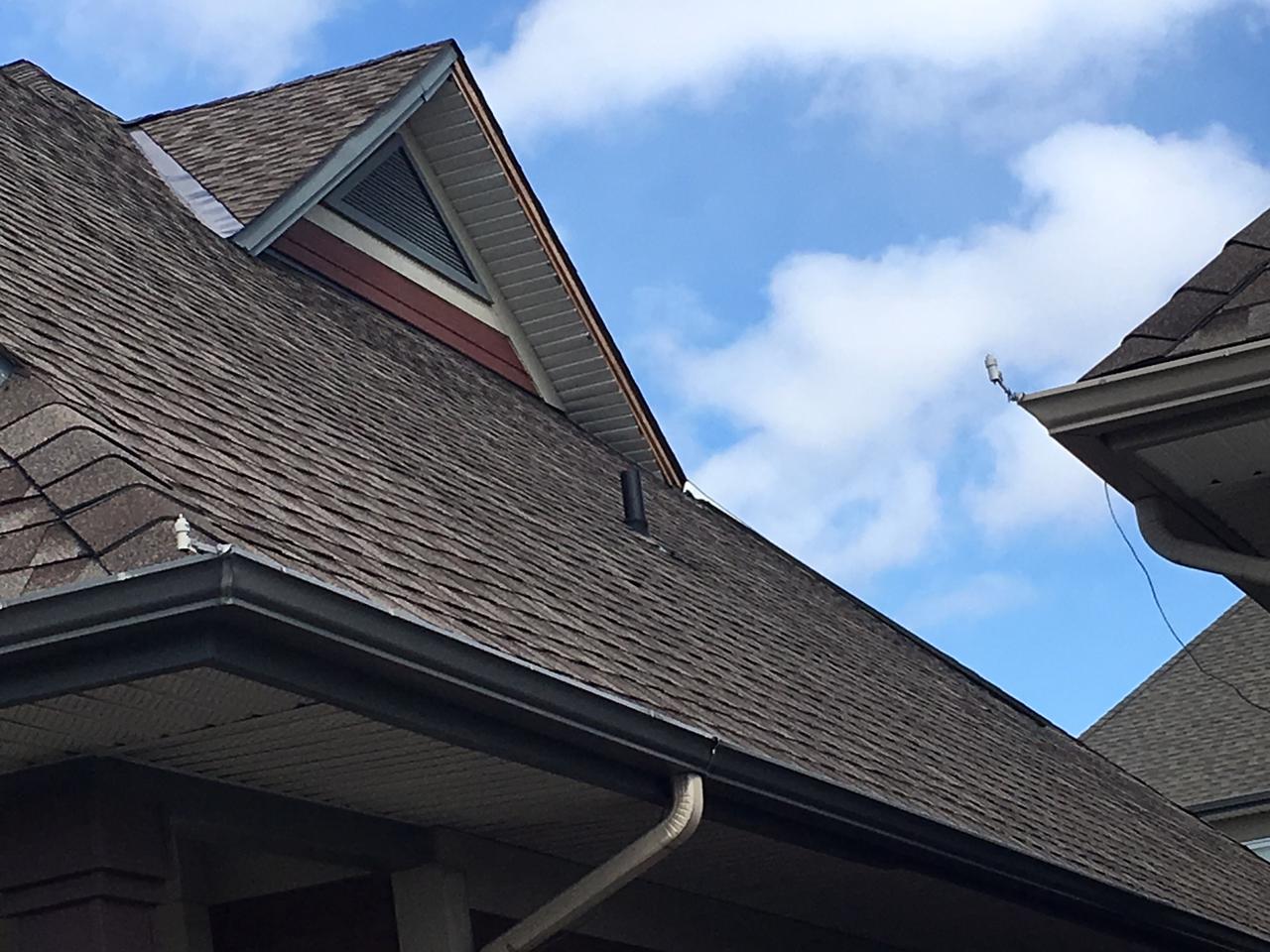Since not all homeowners are experts in architecture, they can end up overlooking certain parts of their home’s wear and tear. Although it’s easier to detect damages inside your home, it’s also necessary to have a keen eye on your home’s exterior components. The soffit and fascia are two parts of your roofing systems that defend your home from poor ventilation and water damage. It’s crucial to keep both in working condition to prevent major renovations due to structural deterioration.
What are the soffit and fascia?
The soffit is the horizontal underside of many architectural structures like staircases, ceilings, and archways. When pertaining to roofing, its function is to aid the attic’s ventilation. This is why it contains several holes to circular airflow in a home. On the other hand, the fascia connects to trusses and rafters as a vertical finishing edge. It provides an extra layer between a home’s roof against water damage during harsh weather conditions.
Why are the soffit and fascia important?
Your soffit and fascia are your extra layer defense against outdoor weather conditions. It’s these components that protect your interiors when your roofing systems sustain damage from rain, snow, or ice. For instance, ice damming can significantly damage your fascia and soffit. This can lead to It can make you vulnerable to several threats that can infiltrate your home.
Although the signs of damage above can seem ignorable, they can develop into severe consequences when left unattended. The wood rot can promote mould’s growth in your home, creating a major health risk in your interiors. Its spores can spread in your home, deteriorating your wood surfaces and spreading hazardous spores that are harmful to your respiratory system.
Besides harmful organisms, you should also consider the risk of having vulnerable exteriors. Damaged roofing areas can lead to pests and insects infiltrating your home. These uninvited guests can spread diseases and contribute to the further degradation of your house’s structures.
When should I repair or replace my home’s soffit and fascia?
Your soffit and fascia sustain gradual damage from sun and water exposure. Extreme dryness or wetness can encourage rot, which causes these boards to crumble over time. Although vinyl soffits can last longer against water damage, it can still develop cracks due to freezing and thawing cycles. However, it’s also possible that improper installation can lead to issues with your flashing. Without proper flashing, your home’s interiors are generally more vulnerable to outdoor elements. This is why it’s necessary to hire professionals when you’re planning a home remodel.
If you don’t have proper flashing, you may see issues with your soffit and fascia through different signs. Rotting wood can indicate water leaks in your roof, contributing to your wood structures’ degradation. Problems with your roofing can also manifest in peeling paint or discoloured paint, showing signs of humidity or outdoor airflow escaping into your home.
Conclusion
Protecting your home doesn’t stop with maintaining your plumbing and repairing your doors and windows. This is why it’s necessary to check your home’s different areas for damage before your brace for harsh weather conditions. Sometimes, the most important structures are hard to reach and difficult to manage by yourself. For this reason, it’s necessary to contact roofing contractors to assist you with your fascia and soffit problems.
Gillespie handyman services offer the best home improvement service for your living space’s needs. Our trained technicians are experts in their field and have the right insurance to handle any project. If you need an expert handyman in Ottawa to handle your home’s different structural concerns, request a quote from us today!

